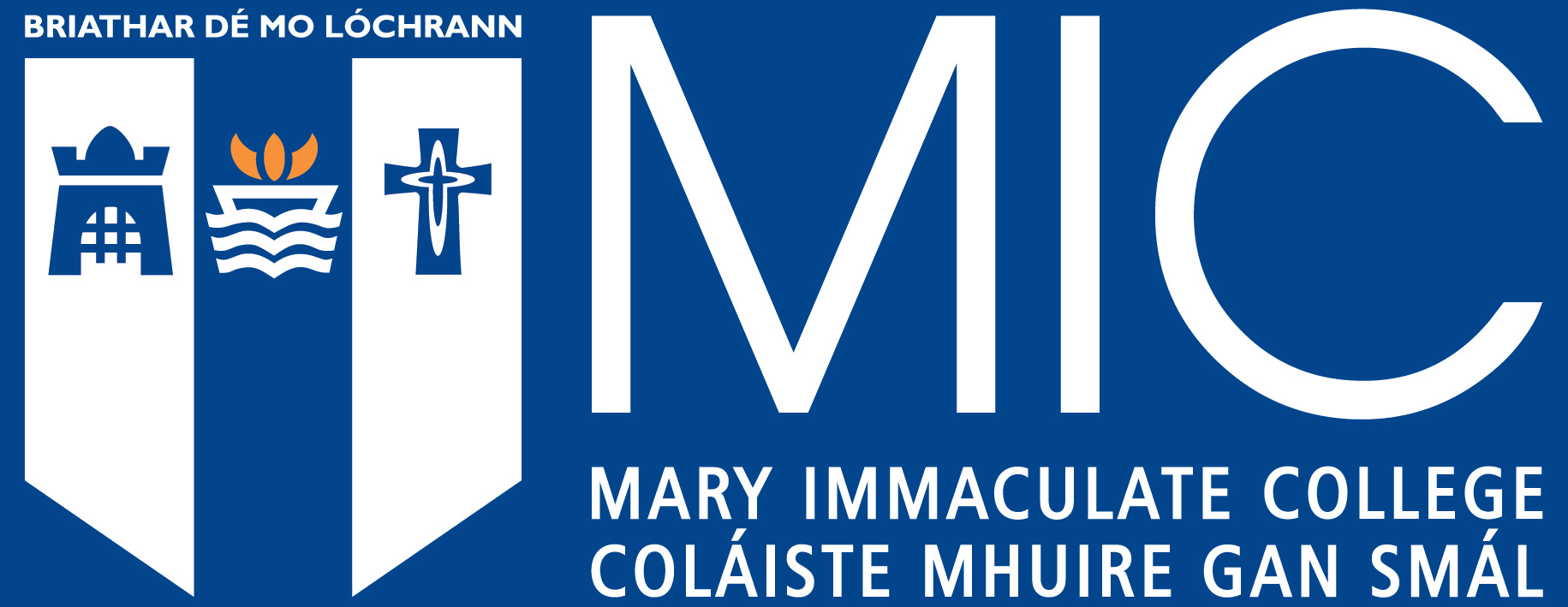Cork’s courthouses, the landed elite and the Rockite rebellion: architectural responses to agrarian violence, 1820-27 (Pre published)
Citation
Butler, R. (2016) 'Cork’s courthouses, the landed elite and the Rockite rebellion: architectural responses to agrarian violence, 1820-27' in Hughes, K. and MacRaild, D. eds., Crime, violence, and the Irish in the nineteenth century, Liverpool: Liverpool University Press, 87-111.
Butler, R. (2016) 'Cork’s courthouses, the landed elite and the Rockite rebellion: architectural responses to agrarian violence, 1820-27' in Hughes, K. and MacRaild, D. eds., Crime, violence, and the Irish in the nineteenth century, Liverpool: Liverpool University Press, 87-111.
Abstract
Excerpt from pre-published version of Crime, Violence and the Irish in the Nineteenth Century published by Liverpool University Press:
The study of architectural history has been fertile ground for revisionist approaches in recent years. In particular, the concept that the neo-classical style of architecture, in ascendancy in late eighteenthand early nineteenth-century Europe, should be understood as the language of a small coterie of international cultural and economic elites, has come under sustained criticism. As Kathleen James-Chakraborty comments, a shift of focus from the ‘production’ to the ‘consumption’ of neo-classical architecture (though the argument could as well be applied to any other architectural style) has revealed counter-narratives that highlight aspects of material culture, class, and gender, all previously under-researched. Far from the preserve of an aristocratic elite, as Conor Lucey and Andrew Tierney have shown in their respective case-studies, the adoption of neo-classical architecture in Ireland formed part of a demarcation of class bound up with concepts of expressing or appropriating ‘politeness’ and ‘gentility’. The great economic and technological advances of the period, coupled with the availability of new ‘faux’ building materials such as Coade stone and a more vigorous print culture, led to an emboldened and discerning middle class of architectural patrons at the same time as the financial cost of emulating ‘elite’ neo-classical began to fall.
Keywords
RockitesCork
Architectural history
Agrarian violence
Crime and punishment
Language (ISO 639-3)
engPublisher
Liverpool University PressLicense URI
https://www.liverpooluniversitypress.co.uk/URI
https://www.liverpooluniversitypress.co.uk/books/id/38716/https://dspace.mic.ul.ie/handle/10395/2997


